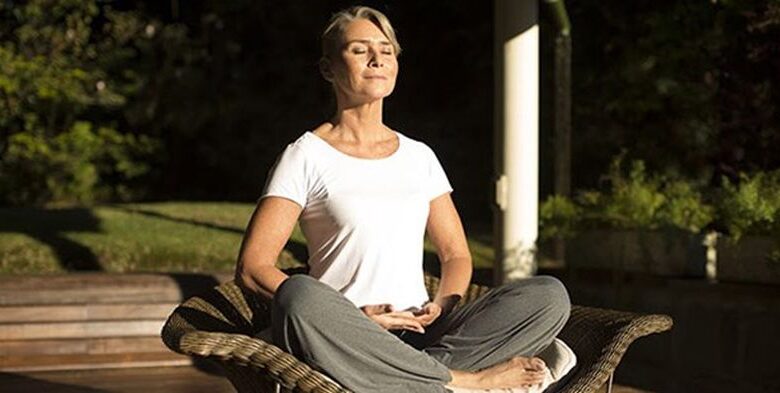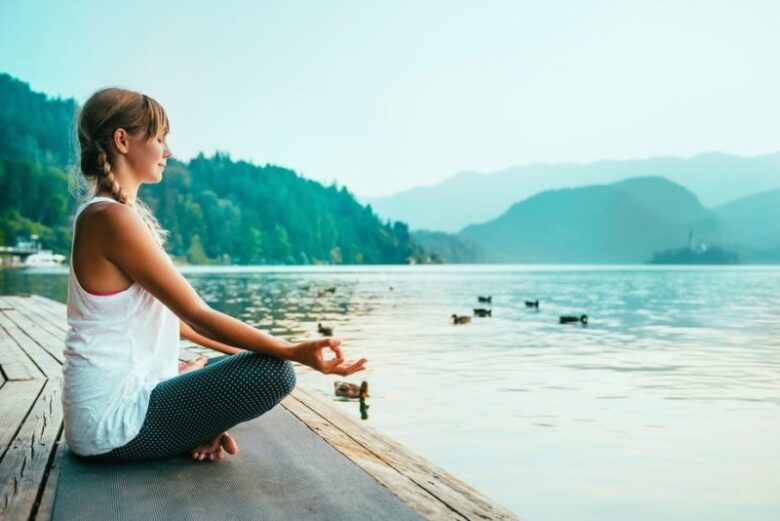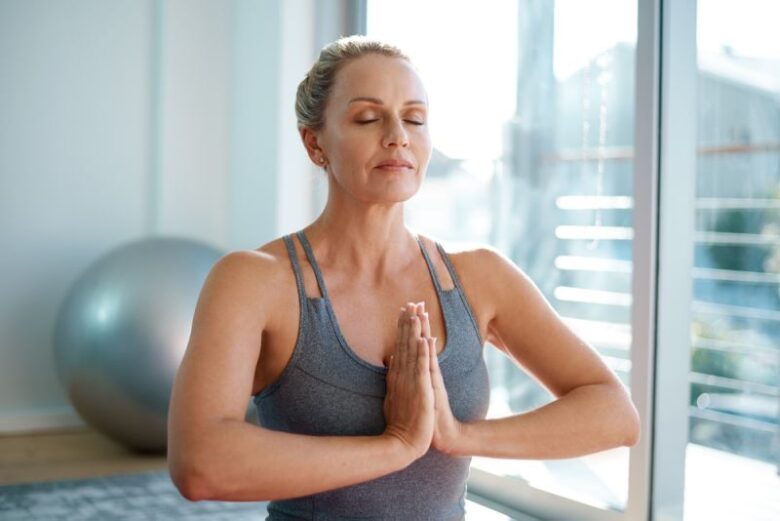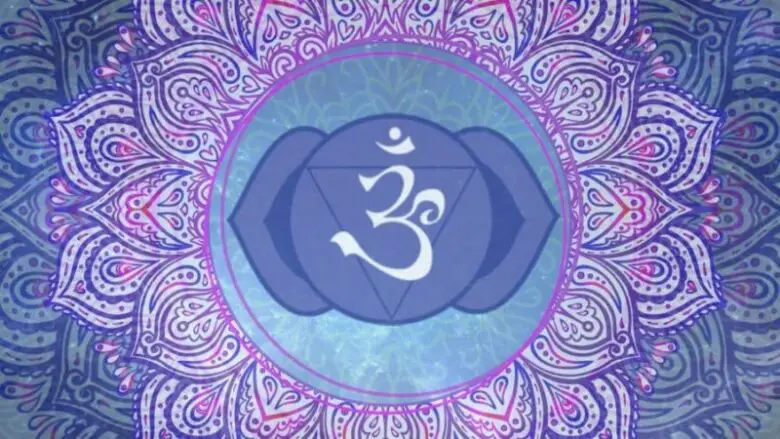Benefits of Meditation for Stress Management

Although meditation as an exercise developed in the East was associated in its beginnings exclusively to religious beliefs, it’s currently carried out for therapeutic and relaxation purposes. And this happens due to the innumerable benefits that it grants both to the body and to the mind. It’s a state of absolute present, of introspection, where you live and contemplate the here and now. This is what’s commonly known as ‘making our mind blank’.
For those who live immersed in modern life, stress is something to deal with day after day. Strenuous work days, endless slopes, lack of movement, disorganization, the accumulation of tasks… All these turn into some intense headaches, a constant feeling of anxiety and dispersion. And, in the long run, it can be reflected in serious health problems, such as overweight, insomnia, depression and high blood pressure.

According to experts, meditation is a great option when it comes to reducing our stress indices, which are significantly increased due to the busy pace and daily chores. Another reason is that it would be a trigger for good humour, an ally to reduce physical pain, anxiety, muscle aches and digestive problems. One thing is for sure – it’s a good starting point when it is necessary to clarify thoughts and achieve a state of “full consciousness.” As we told on the very beginning, currently, meditation is increasingly better positioned in the field of classical medicine, where it has even been included as a complementary therapy that has given very good results, as an addition to traditional treatment.
Let’s see in what ways this calming process makes us release the stress from our mind and body.
Mantras or relaxing music
Mantras are words or phrases that are recited aloud or internally, repetitively and rhythmically, and that help focus the mind and avoid dispersion. Various scientific studies have shown that its vibrations are beneficial to the mind, helping to calm it and allowing it to enter a meditative state.
There are songs that are an excellent resource for people who are beginning to practice meditation, so they can easily find some mantras to calm down and easily enter a meditative state with the help of special playlists. There are also many useful meditation apps that you can find on Google Play Store, for example Mindtastik. The choice is all yours.

Deep breathing
Breathing is the starting point of every meditation technique. It can be combined with other relaxation techniques, such as music and aromatherapy. Apart from this, it’s well known that taking a deep breath always makes us slow down and take it easy.
Here’s one of the most successful exercises you can do. Sit comfortably with your back straight and place one hand on your chest and the other on the stomach. Breathe slowly through your nose, hold the air for a few seconds and exhale slowly until you don’t have any air in your lungs. Take care that, when inhaling, the hand of your chest moves as little as possible. When exhaling, push the air with the muscles of your abdomen. You can also perform this exercise lying on the floor, or in bed before sleeping: it will help you fall asleep easier and feel more relaxed.

Sixth chakra stimulation
The sixth chakra or ajna chakra is placed on the forehead, right between our eyes. The Hindu tradition considers it the point where our intuition is concentrated, and that allows us to direct our mind towards our goals. This point is key to eliminate dispersion and learn to manage our energy, which, of course, should decrease stress and make us think more clearly.
What you can do is sit in a quiet place, take a comfortable posture and close your eyes. Focus on the point that is located right in the middle of your eyes and visualize an indigo blue colour. Try to just erase all thoughts from your mind and concentrate only on that point. Inhale and exhale: with each inhalation you can recharge it with energy, and with each exhalation, eliminate everything that doesn’t serve you.

This meditation technique is ideal for reducing migraines, nervous tics and insomnia, among other stress-related discomforts.
Visualization of something nice or distracting
Have you ever actually tried this? We’re sure there were times when you were just sitting or lying in your room and thinking about something nice, just to run away from all the anxiety and problems around you. There it is – you just need to learn to do it every time you feel stressed and exhausted. Think about something you’d desperately like to happen, about some nice landscapes, or any other similar thing that makes you happy.
Or, you can do a following thing: sit with your legs crossed and your back straight. To begin, relax with a couple of deep breaths. Begin to imagine yourself as if you were sitting in front of a mirror: visualize in detail every part of your body, from the tip of your head to the toes. Look at yourself as if you were someone else: analyse how you are dressed, combed, your features, expressions etc. Then imagine from behind. Then from above, below, and finally, adopt a panoramic view.
And finally, we do have some more useful tips for reducing the stress level into your everyday life:
- First, in order to combat stress, expert recommend analysing the causes and, if not possible, modify them and try to compensate them through healthy habits, such as the practice of physical exercise, healthy eating, good rest or performing meditation techniques.
- Practice this regularly in order to be and feel stronger, both physically and mentally.
- Learn to prioritize. Don’t let unimportant things overwhelm you and observe meditation as a means for achieving this goal.
- Share the problem. This helps to cope with the load and find a solution. If necessary, you can always seek the help of a professional.
- Take time for yourself and organize well in order to enjoy your hobbies and some relaxing. Find some time during the day and learn to enjoy those little moments of freedom and peace.
- Apart from doing yoga or meditating, implement a healthy diet and avoid unhealthy habits. Very important: we are what we eat. In addition, alcohol, tobacco or caffeine do not solve the problems, but the opposite.
- Work more efficiently. We must manage time well. Sometimes, less is more.
- Accept things that can’t be changed. It’s not about being conformist but about being aware of reality, as we shouldn’t worry about what we can’t change.
Meditation is the path we can choose to reduce the pressure and concerns that address us daily. When we meditate, we provide a space to restore our inner nature. With meditation we can feel more relieved, we’ll accept ourselves better and we won’t fall so easily into negative or repetitive thoughts. It helps us grow inwardly and that is not something we should lose.
